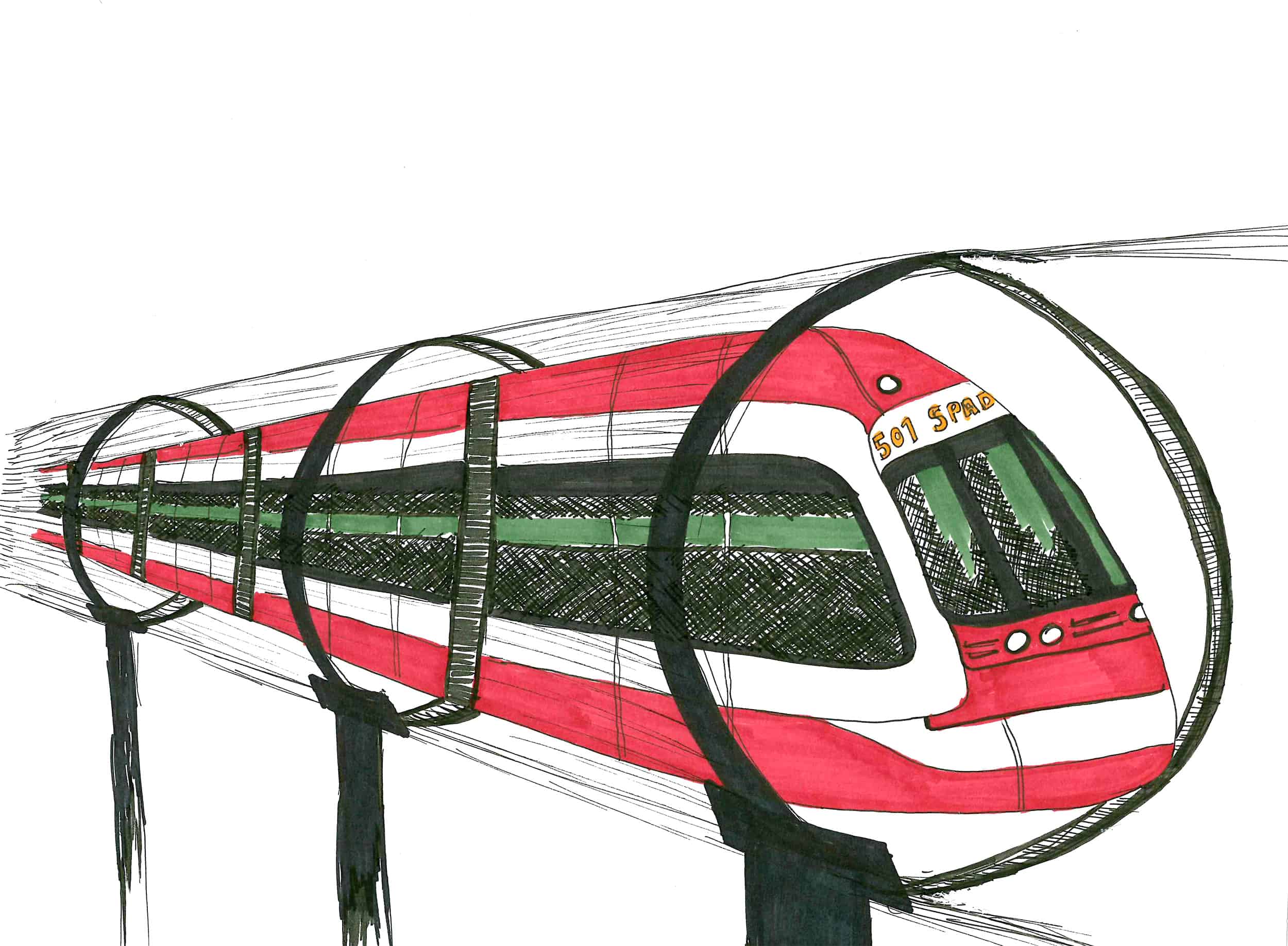In the last decade, Elon Musk has become a household name associated with technological progress and innovation. Having established Tesla — an automobile company that seeks to prioritize sustainability without compromising performance and aesthetics — he moved on to revolutionize the space industry, by pioneering the first rocket engine that could return to Earth’s surface on both land or on a drone in the ocean.
Another of Musk’s ventures is his Hyperloop proposal, which consists of pod-like vehicles propelled through vacuum tubes using magnetic levitation. Though Musk himself has not actively pursued the actual implementation of this idea, it has sparked the interest of engineers across the world.
Engineers at TransPod, a Toronto-based company, have taken it upon themselves to realize this vision. They are aiming to build a functional Hyperloop between Montréal and Toronto after 2025. Founder and CEO Sebastian Gendron initially began development with a team from the University of Toronto, but soon formed TransPod to formalize the venture.
Historically, any transport system that had been developed had to face impedance due to air resistance, friction, or a combination of the two. The Hyperloop aims to eradicate this problem. Firstly, by designing a closed system of vacuum sealed pipes, there will be no air resistance. Secondly, by using magnetic propulsion akin to the propulsion systems employed by Japan’s magnetically levitated bullet trains, frictional forces would almost be completely eliminated. As a result, the pods would theoretically only be constrained by the engine’s ability to produce thrust.
TransPod shifts the focus to the pod itself in attempt to create a self-propelling vehicle with an electrical engine that can glide through a relatively low cost track. They recently partnered with IKOS, a leading technology consultant that specializes in railway engineering and energy infrastructure, to strengthen commitments toward safety and to ensure an overall robust electrical system.
The pods envisioned by TransPod would cost up to $300 million to develop, which means that they face the significant hurdle of acquiring funding. Part of this hurdle lies in convincing Canadians that this is something they need.
Given that Transpod is planning to link Toronto and Montréal, between which there is already a high demand for travel, they could potentially capture a significant market of investors who may be well-served by this project.
Furthermore, they recently secured seed funding of $15 million from an Italian investment company, showing that they have already begun to attract attention.
Transpod has greater ambitions of expanding into developing economies such as Asia, the Middle East, and beyond; Canada is just the beginning as far as they are concerned.
On paper, the Hyperloop is cutting-edge technology promising increased convenience at a lesser cost, ecological sustainability, and increased safety as a result of requiring no human intervention. Whether this can be realized remains to be seen, and Canada and the world will be watching keenly.


